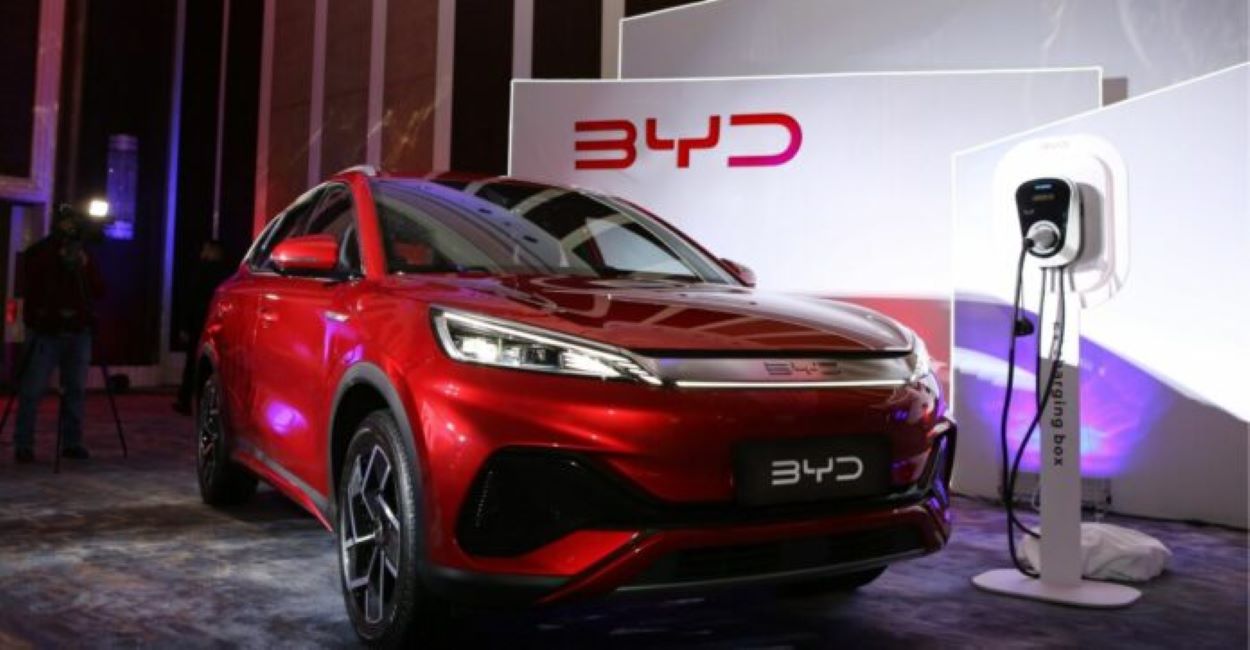Chinese electric vehicle giant BYD plans to launch its first car assembled in Pakistan by July or August 2026, seizing the growing demand for electric and plug-in hybrid vehicles.
The Karachi plant, which has been under construction since April 2025 in partnership with Mega Motor Company (a subsidiary of Hub Power), will initially produce 25,000 units per year. This initiative aligns with Pakistan’s electric vehicle incentives and BYD’s global expansion strategy.
A plant near Karachi will assemble imported parts along with some locally sourced non-electric components, initially focusing on domestic sales. Danish Khaliq, the Vice President of Sales and Strategy, stated, “We do not anticipate excess capacity, as demand in Pakistan will keep pace.” Depending on freight costs, exports to right-hand-drive countries might follow. The facility aims to capture a 30-35% share of Pakistan’s electric vehicle (EV) and plug-in hybrid market, which is expected to grow three to four times from 1,000 units in 2024.
BYD’s Performance in Pakistan
BYD began importing EVs to Pakistan in March 2025, exceeding sales targets by 30% with hundreds sold. A Hub Power filing reported BYD Pakistan’s March 2025 quarter profit at 444 million rupees ($1.56 million). The upcoming Shark 6 plug-in hybrid pickup launch on July 25, 2025, faces competition from MG’s PHEV SUV and Haval’s upcoming model. Pakistan’s limited charging infrastructure makes plug-in hybrids practical, bolstered by a 45% tariff cut for chargers in January 2025.
Pakistan’s EV market growth aligns with government incentives aimed at reducing fossil fuel reliance. BYD’s plant leverages these, following its global strategy amid China’s price war. Khaliq noted: “The plant addresses rising demand from emerging markets.”
Comparison of Pakistan’s EV Market Growth
| Year | Estimated EV/PHEV Units | Growth Projection (2025) |
|---|---|---|
| 2024 | 1,000 | – |
| 2025 | 3,000-4,000 | 3-4x increase |
Data source: BYD Pakistan, Reuters.
BYD’s Pakistan venture taps into a burgeoning EV market. The 2026 rollout could significantly reshape regional automotive trends, with support from government policies.






